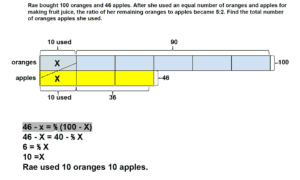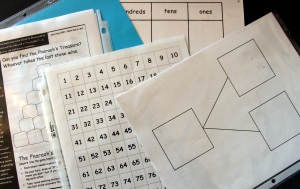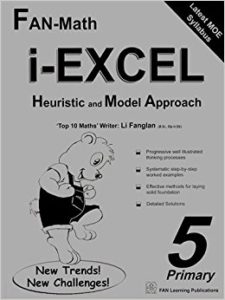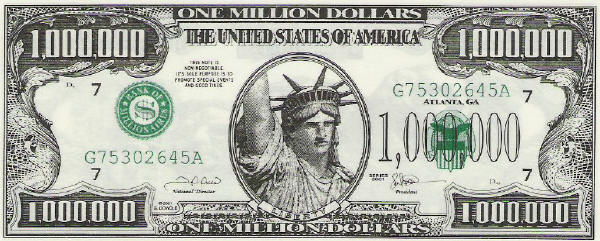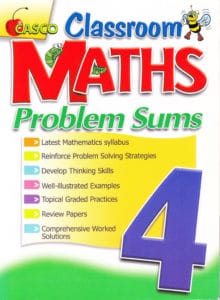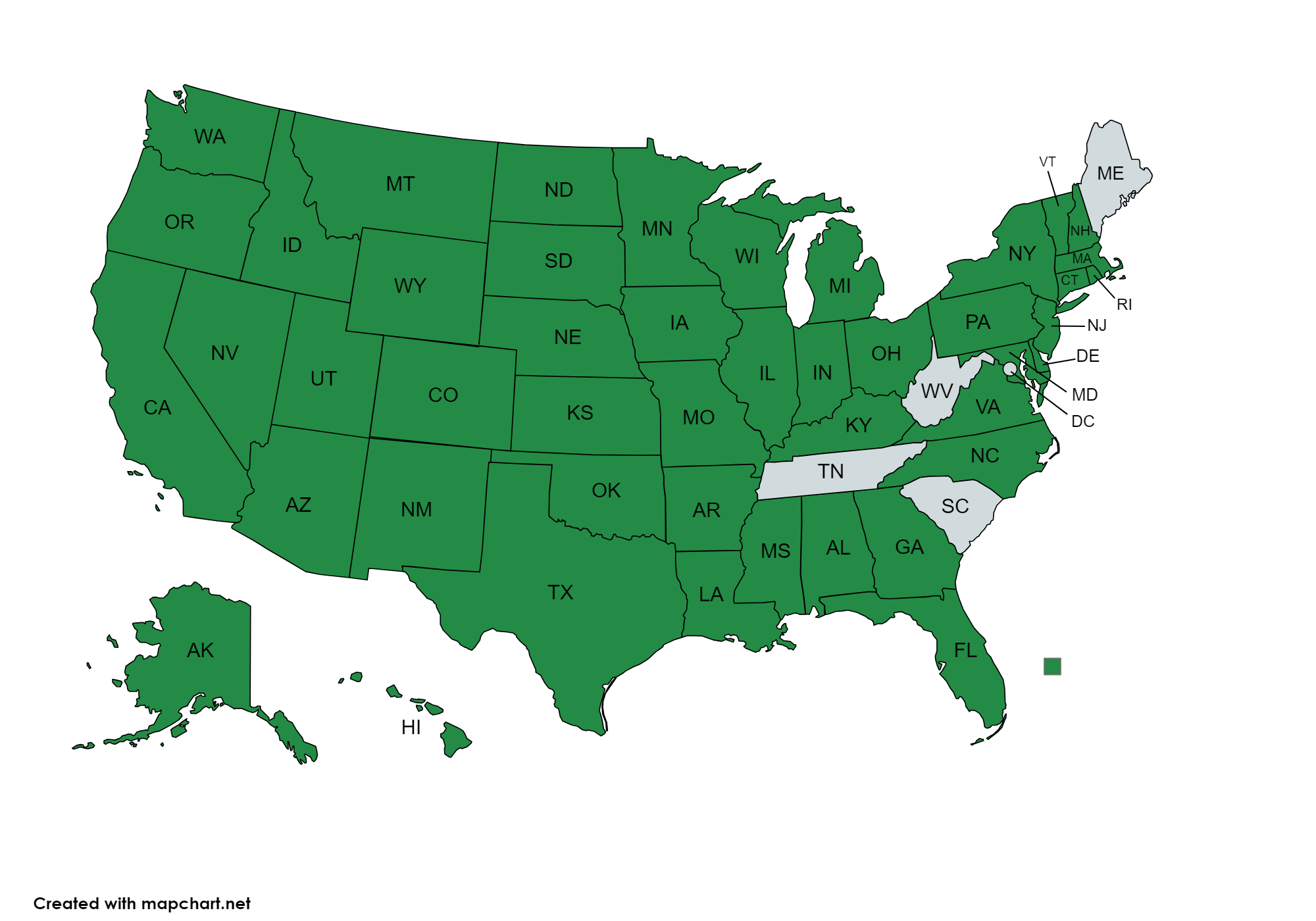Summer’s here, but you’re missing your math? Don’t despair – we’ve got you covered. Check the site each week for one whopper of a word problem that’s sure to challenge!
This week’s problem comes from an oldie, but goodie: Mathematics Topical Worksheets 6A by Lawrence Loh, published in 2001 by SNP Education Pte Ltd.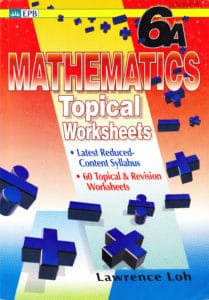
There are 3/5 as many cows as sheep on a farm. If there are 240 cows and sheep altogether, how many more sheep than cows are there?
Submit your solutions and we’ll post all interesting strategies next week.
Last week’s problem and solution:
Rae bought 100 oranges and 46 apples. After she used an equal number of oranges and apples for making fruit juice. The ratio of her remaining oranges to apples became 5:2. Find the total number of oranges and apples she used.
Whew! How did you do?
Here’s a solution sent in by reader Shirley Davis:
